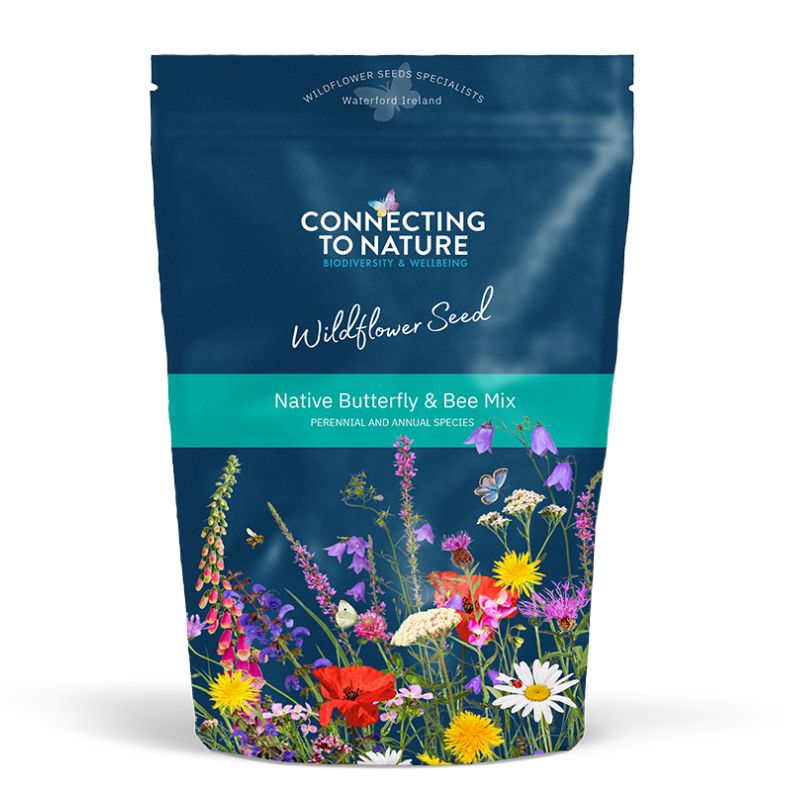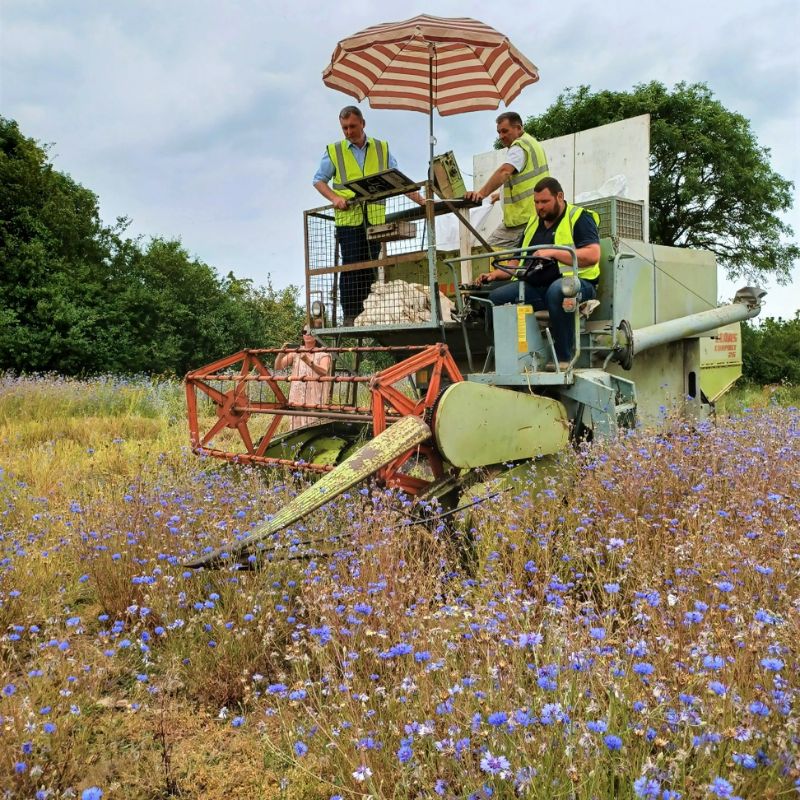Does nature improve our mental health?
Think of somewhere where you could feel calm and relaxed. Chances are that you have just imagined yourself in a woodland glade, or a garden space, or even on a sunny beach with palm trees rustling in the wind. 90% of people who are asked that question will always imagine a natural setting as their personal paradise. It's an ingrained desire for humans to seek out nature or to be gladdened by its existence.
This need to connect to nature is known as biophilia. Literally meaning ‘attracted to life’, biophilia is the theory that human evolution is so tied in with nature and plants, that their absence causes discord within us, leading to poorer health outcomes and impaired mental and social well being.
What happens when we view nature or natural beauty?
"Just living is not enough...one must have sunshine, freedom and a little flower" Hans Cristian Anderson wrote 150 years later, it seems that Mr Anderson is being proven correct.
Interactions with nature fill people with positive feelings and ‘prosocial’ tendencies. It doesn't even have to be direct contact with nature. When a group of people were shown a short film about woodlands, they later reported feeling better and happier about the future. They even thought more about their own social responsibilities and less about self-importance and entitlement.
In the real world, these tendencies have been demonstrated in areas that have been regenerated with plants and trees. Areas such as these have recorded fewer anti-social activities. Those who live in these places have reported a renewed sense of social responsibility, neighbourhood civility, and increased cooperation in the community. These changes indicate that biophilia and natural spaces should be playing a large role in urban community design.
Connecting with nature offers an opportunity for mental restoration and has been shown to increase the ability for conducting focused tasks in workplaces. Even a brief walk in a planted area dispels mental fatigue and allows employees to work better when doing work that is mentally taxing. Offices with natural views, or where employees are encouraged to bring their own plants, are more productive and have a lower incidence of self-reported sick days. Even windowless offices were shown to have reduced levels of employee stress when plants were introduced.
At the University of Illinois, scientists looked at the effects of nature on children in school. They found that a short 20-minute walk in a natural park greatly enhanced attention spans in children diagnosed with ADHD. Similar studies in Norway found that pupils were more enthusiastic about going to school and their classrooms when plants were introduced and that illness and complaints such as coughing and irritability were also reduced by as much as 21%.
Connection with nature affects physical health
Nature and plants also help in-hospital recovery times and even play a role in the prevention of illness. A prolific researcher in this area, Roger Ulrich, has demonstrated that patients recovering from illness or operations recover faster when given a view to a natural landscape. This effect also happens when plants are arranged near to windows and natural light in patients rooms. He also found that greenery in a room or a natural area within walking distance reduced stress levels of both staff and patients in hospitals.
Other studies found that the presence of plants induces greater tolerance of pain in patients. Interestingly, flowering plants instil even greater tolerance than non-flowering.
So why do we respond so positively when presented with nature and natural landscapes?
Our evolutionary road has played an important role in how we respond to nature. Before the industrial revolution, the vast majority of humanity lived an agrarian, or agricultural lifestyle. This involved an extremely close relationship with nature and natural life. Indeed, it was essential for survival itself.
Consider that it is only in the last 250 years that we have moved away from 12,000 years of agrarian living. Technological developments in the last two centuries have allowed modern humans to distract and shield themselves from the natural world. Over the past three decades, in particular, we have become more consumed by our technology and less in tune with the natural world. A new approach is necessary to reduce the illnesses and disorders which are increasing in frequency as time moves on. As we abandon nature, we are creating discord within ourselves.
Reconnection with nature is necessary to lessen the impacts of modern life on our mental and physical health. A slight step back from the hectic and demanding world and a reintroduction to the natural is some thing worth considering.
We may be arriving at a turning point, however. The last decade has seen a rise in people making efforts to reconnect with nature. People are noticing more and more, the environmental degradation which has taken place and are working to fix the problems of the past. Projects to restore natural environments have been initiated on a national level with broad support from the general public.
How can we connect with nature?
It is quite simple really!
1. Go for a walk
Look around, listen, take it all in! There is a whole world out there which we have learned to ignore. It buzzes around us, floats overhead, scurries along the highways beneath the long grass. It is there if we choose to see it.
2. Grow a garden
The act of caring for a plant and watching it grow has been shown to increase feelings of self-worth and achievement. A garden is not just beautiful to look at, it is an incredibly rewarding undertaking. It can be used to create a habitat that will encourage even more life to set up home. You don't need a huge space, even a window blooming with flowers will perform the same function on a smaller scale.
3. Invite nature to come to you
Hang bird feeders close to a window or a place it can be easily seen. Plant pollinator-friendly plants and provide safe nesting places for the pollinators by hanging bee & insect hotels, encouraging these tiny friends to visit and stay. Not only does the act of viewing nature calm the mind, but the quick, darting behaviour of birds and insects helps to sharpen mental acuity and eye coordination.
4. Introduce plants and flowers inside and outside your home or workplace.
Even just one plant has been shown to increase feelings of positivity and wellbeing. It also has the bonus of reducing dust and freshening the air inside.
5. Encourage and inspire others to get involved.
Organise kids activities such as 'bug hunts' or scavenger hunts. Share photographs on social media of insects, birds, plants, etc. The act of taking or even just viewing these photographs can help in reducing stress or anxiety.
We have evolved to appreciate and want to connect with all forms of life. Perhaps it is time we organised our social activities to focus more on the natural and less on the technological. There is room to find a balance for both. In the end, we may find that this balance is what is needed to achieve higher life satisfaction.













